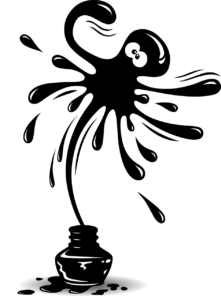
By Elaine Viets
Before this day is over, more than fourteen new English words will be created. The Global Language Monitor says “around 5,400 new words are created every year.” Only about a thousand are “deemed to be in sufficiently widespread use to make it into print.”
Here are a few of them. Are they trending or trendy? Which do you have think have staying power?
Bands
According to the Urban Dictionary, this latest use of “bands” was created by rapper Ray Vicks. He “coined the term in his mixtape 36 O’s Later (track 4) when he said, ‘I got 10 bands on me.’” A band is a thousand dollars, so ten bands is ten thousand bucks.
Other sources claim “bands” are a big stack of money, often wrapped in rubber bands. Either way, the word is used in rap and hip-hop.

Buycott
A “buycott” is when you buy a company’s products because you support their policies. Hello, Ben and Jerry’s, with its campaigns to support gay marriage, the Great Barrier Reef, and much more. Activism has never been sweeter. Don’t agree with their policies? Boycott ’em!

Cool
“Cool” is once more cool again. It’s safe to use.
Doomscrolling/Doomsurfing
Webster has given its stamp of approval to both these words. Here’s how they’re defined. “Doomscrolling and doomsurfing are new terms referring to the tendency to continue to surf or scroll through bad news, even though that news is saddening, disheartening, or depressing. Many people are finding themselves reading continuously bad news about COVID-19 without the ability to stop or step back.”
Yep, I’ve spent many a morning “doomscrolling.” Even cat videos couldn’t pull me out of my funk.
Fit
“Fit” has a number of alternative meanings. In teenage slang, it’s short for outfit, as in “She looks so hot in that black leather ‘fit.’”

Flex
Flex means to show off, to brag. If someone shows up way overdressed, dripping diamonds, you might wonder why they’re “flexing on you.” The Urban Dictionary says it’s “used by many rappers, most notable Ice Cube and the Geto Boys. “…no flexin’, didn’t even look in the nearest direction as I ran the intersection. (This is said because Ice is trying to get away from some people who tried to kill him the other day. In the song, of course)”– Ice Cube, “It Was a Good Day.”
Ghost
Shades of Casper, but not as friendly. Now, when it’s used as a verb, it means to stop talking to someone, to ignore them. “I thought my first date with Ron went well, but after he brought me home, Ron totally ghosted me.”

NFT
“NFT” is an abbreviation for “non-fungible token,” and the idea is puzzling, at least to me. NFTs have been around since 2017, and the term is in Webster’s. One website says an NFT is “a unique digital certificate, registered in a blockchain, that is used to record ownership of an asset such as an artwork or a collectible.” Even the explanation is confusing.
People pay big bucks for NFTs. When Christie’s auction house sold an NFT by the digital artist Beeple for $69 million, it set a new record for digital art. Twitter’s founder Jack Dorsey sold an NFT of the first tweet, which said, “just setting up my twttr.” This historic tweet was published on March 21, 2006 and has been shared more than 120,000 times. Still, it sold for $2.9 million bucks. I’ll give you a free peek here:
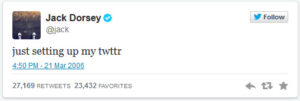
If you spend three million for a painting, you expect to have something unique. You can hang it on your wall and never show it, except to your friends.
But NFTs can – and are – duplicated. Everyone’s seen them. Genuine NFTs come with “a digital certificate of ownership that can be bought and sold.” Evidently, that’s enough for NFT lovers.
Savage
“Savage,” when used as a noun means “insanely hardcore. Incredibly cool.” Usually describes someone’s skill or talent, as in:
Lindsey Jacobellis is a savage at snowboarding. No wonder she snagged the gold at the Olympics.
Here’s my favorite example from a website: “Jill is a savage at drawing.”
I can see Jill at her easel, wielding a mean palette knife.
Sheeple
A combination of sheep and people, meaning “those who blindly follow the herd.” Used as an insult.

Sketch
Slang for “sketchy,” which means “questionable or iffy.” If you and your friends accidentally make a wrong turn into a dark, rat-infested alley, you might say, “Let’s get out of here. This place is sketch.”
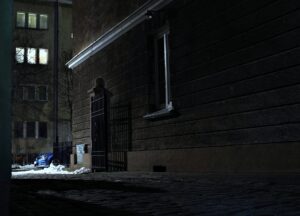
Sus
Slang for “suspicious.” If I get an email from a Nigerian prince promising me a million bucks, I would instantly know that was “sus.” The last one offered me two million.
Whip
An expensive, flashy car:
“Wow, that’s some whip you got there, Josh. That Ferrari must have cost you a stack of bands.”

WYA
WTF? Another texting acronym is invading the language. “WYA” is short for “Where you at?”
It can have a double meaning. For instance, if a young woman is looking to hook up with her boyfriend, she might text him “WYA.” Just between friends, WYA really does mean, “Where are you at?” And if your parents text you that, report in instantly.
**************************************************************************************************
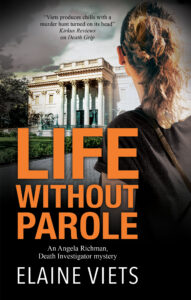 Fans of J.A. Jance and Lisa Gardner will love this exploration of the little-known job of death investigator in small-town Missouri where Angela Richman finds herself investigating the lives and secrets of the one percenters in Chouteau Forest.
Fans of J.A. Jance and Lisa Gardner will love this exploration of the little-known job of death investigator in small-town Missouri where Angela Richman finds herself investigating the lives and secrets of the one percenters in Chouteau Forest.
Life without Parole, my new Angela Richman, death investigator mystery, is now on sale in hardcover. Buy it here: https://www.amazon.com/Without-Parole-Richman-Investigator-mystery/dp/0727850288/ref=tmm_hrd_swatch_0?_encoding=UTF8&qid=1644453158&sr=8-2



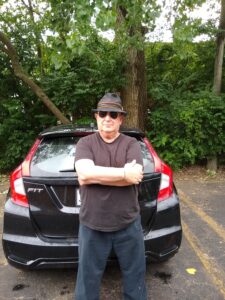

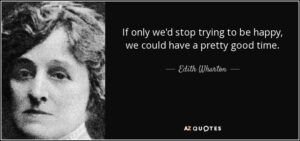
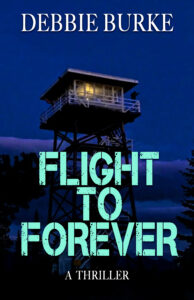

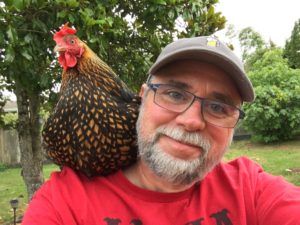

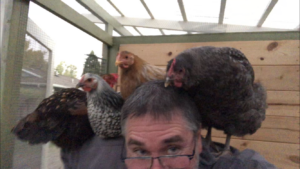
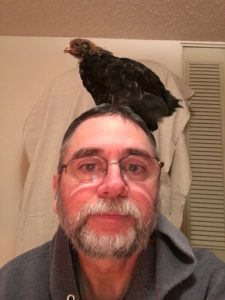
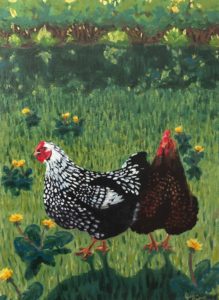

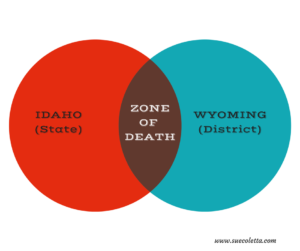
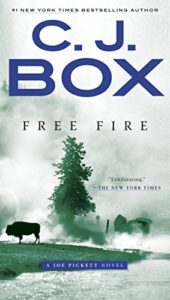

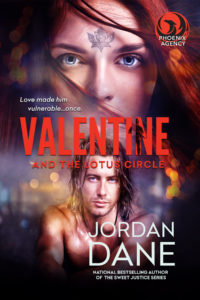
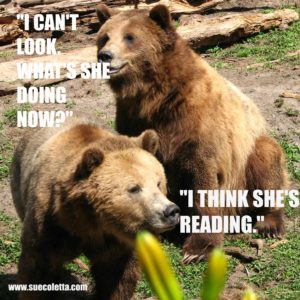 First, let’s define the word “muse.”
First, let’s define the word “muse.”